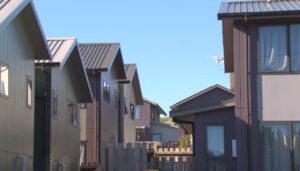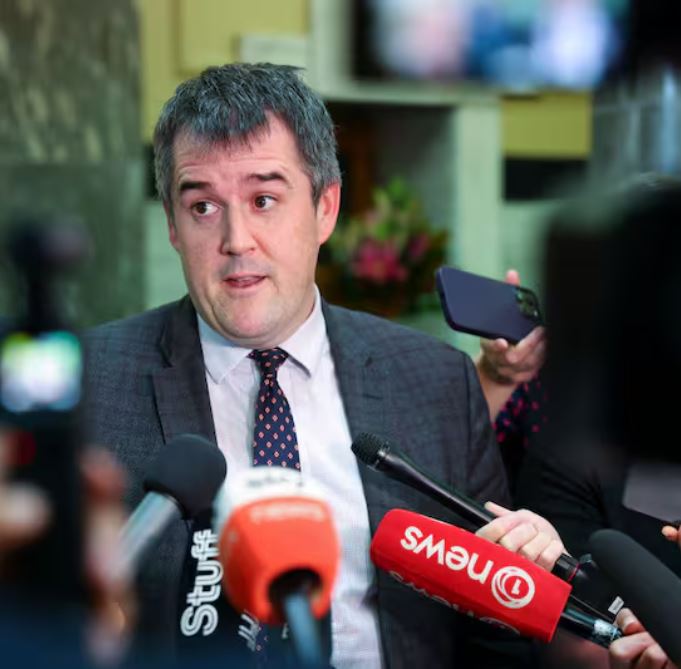Government Unveils Rescue Plan for Kāinga Ora Amid Financial and Operational Challenges
The Government has announced a “turnaround plan” to fix issues at Kāinga Ora after a review found the organization was underperforming and facing financial difficulties.
The review, led by former Prime Minister Bill English and released in May last year, highlighted growing financial deficits and operational problems. The social housing provider’s deficit was expected to jump from $520 million in 2022/23 to over $700 million by 2026/27. On top of the financial concerns, the report found that the social housing system wasn’t delivering results, lacked accountability, and had a limited understanding of tenant outcomes.
Key Problems and the Government’s Plan
Housing Minister Chris Bishop outlined the government’s five-step plan to revamp Kāinga Ora:
- Focusing on Core Goals: Building, maintaining, and managing quality social housing while being a supportive but responsible landlord.
- Improved Tenant and Community Management: Strengthening relationships with tenants and local communities.
- Better Housing and Construction Management: Streamlining construction and maintenance processes to be more cost-effective.
- Boosting Cost Efficiency: Reducing high overheads and leveraging purchasing power effectively.
 Sustainable Funding: Ensuring long-term financial stability and accountability.
Sustainable Funding: Ensuring long-term financial stability and accountability.
Bishop emphasized a renewed focus on building around 1500 new homes and upgrading 400 existing ones each year. Older, less suitable properties in expensive areas will be sold, with the proceeds reinvested into building more homes elsewhere.
“This isn’t about reducing housing stock,” Bishop explained. “It’s about refreshing and better managing what we have to meet demand efficiently.”
Reducing Costs and Simplifying Processes
Bishop revealed that construction costs at Kāinga Ora had been over 12% higher than market rates. The new plan aims to bring costs in line with industry standards and ensure homes are built quickly and efficiently.
The plan also calls for a “back-to-basics” approach by narrowing Kāinga Ora’s focus. Some responsibilities, like KiwiBuild and the Infrastructure Acceleration Fund, will be transferred to other agencies.
Bishop said these changes would help reduce deficits by $190 million this financial year and $354 million by 2027/28, with debt projected to be $1.8 billion lower than previous forecasts.
Criticism from Opposition
Labour’s housing spokesperson, Kieran McAnulty, was unimpressed, criticizing the Government for not committing to building more public houses.
“People need a place to live — it’s that simple,” McAnulty said. “Housing is a basic human right, and this Government is failing people who are struggling to find homes.”
Green Party housing spokesperson Tamatha Paul expressed concerns that the Government was pushing a “privatization agenda.”
“Public housing is essential, just like healthcare and education,” Paul said. “Stripping Kāinga Ora to the bare bones only benefits wealthy landlords, not our communities.”
Leadership Changes at Kāinga Ora
The review has also led to significant leadership changes. Almost the entire Kāinga Ora board has been replaced, and the current chief executive will be stepping down later this year.
Despite the criticisms, the Government remains hopeful that its turnaround plan will bring much-needed improvements and help Kāinga Ora better serve New Zealanders in need of housing


